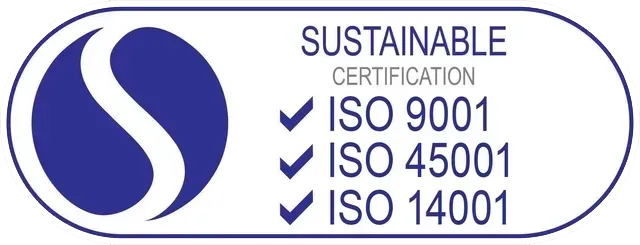Powerline Construction in Bathurst
- Level 1 & 2 Accredited
- Family-Owned Electrical Experts
- Safe & Compliant Solutions
Request A Call Back in Bathurst
Thank you for contacting Country Powerline Constructions.
We will get back to you as soon as possible.
Please try again later.
Bathurst Powerline Construction
If you’re planning powerline construction in Bathurst, it’s important to work with a team that understands how to deliver safe, efficient results without holding up your project. Country Powerline Constructions has the licensing, equipment and industry experience needed to install new electrical infrastructure or upgrade existing systems to meet current network standards. We work with developers, builders, and property owners to carry out compliant overhead and underground installations tailored to the site.
Our clients value our straightforward, practical approach. We focus on getting the job done properly, following all regulatory requirements, and keeping you informed from start to finish. Whether it’s part of a new development or a network upgrade, we make sure everything is in place for a smooth connection. For experienced powerline construction services in Bathurst, call 02 6882 0354 to get started.
What You Can Expect On-Site
Powerline construction work starts with reviewing site plans, identifying safe access points, and confirming requirements with the electricity distributor. From there, our team sets up the site, marks out alignments, and begins excavation or pole installation depending on the design.
Underground systems involve trenching to the appropriate depth, laying conduit, pulling cable, and completing backfill in line with standards. Overhead work includes setting poles at correct intervals, attaching hardware, and running conductors with the right tension and clearance.
All installations are tested and inspected to confirm continuity, insulation resistance and compliance with the network provider’s conditions. We also complete any final earthing, labelling and documentation required before the site can be energised.
lients can expect a clear process, a tidy site, and reliable outcomes that hold up over time.
Frequently Asked Questions
What is the purpose of conductor tensioning in overhead powerlines?
Conductor tensioning ensures that the cables are suspended at a safe and functional height, maintaining consistent spacing and preventing excessive sag or strain. Proper tension reduces the risk of conductor contact with vegetation, structures or the ground, which can lead to outages or safety hazards. It also protects hardware from mechanical stress and ensures the line remains within the clearance guidelines set by the network distributor.
How do you choose between overhead and underground systems?
The decision depends on site layout, aesthetic preferences, safety considerations, and future access needs. Overhead systems are often more cost-effective and easier to maintain, especially in open or rural settings. Underground systems, while more complex to install, offer better protection from weather, vandalism and environmental wear. A qualified contractor will assess these factors and recommend the most suitable option based on project needs and network guidelines.
What’s included in the documentation for a powerline build?
Powerline construction documentation typically includes site layout plans, construction drawings, test results (such as insulation and earth resistance), and compliance certificates. It also includes materials used, cable routes, pole spacing, and as-built diagrams showing any changes made during construction. This documentation is submitted to the electricity distributor to confirm the work meets technical and safety standards before final connection can be approved.
Can powerline infrastructure be installed near existing services?
Yes, but there are strict clearance requirements when installing powerlines near water, sewer, telecoms, or other utilities. These rules are designed to ensure safety, prevent service interference and allow future maintenance access. Installers must identify existing underground and overhead services before beginning construction, adjusting pole or trench placements as needed to avoid conflict and remain compliant with local and distributor standards.







